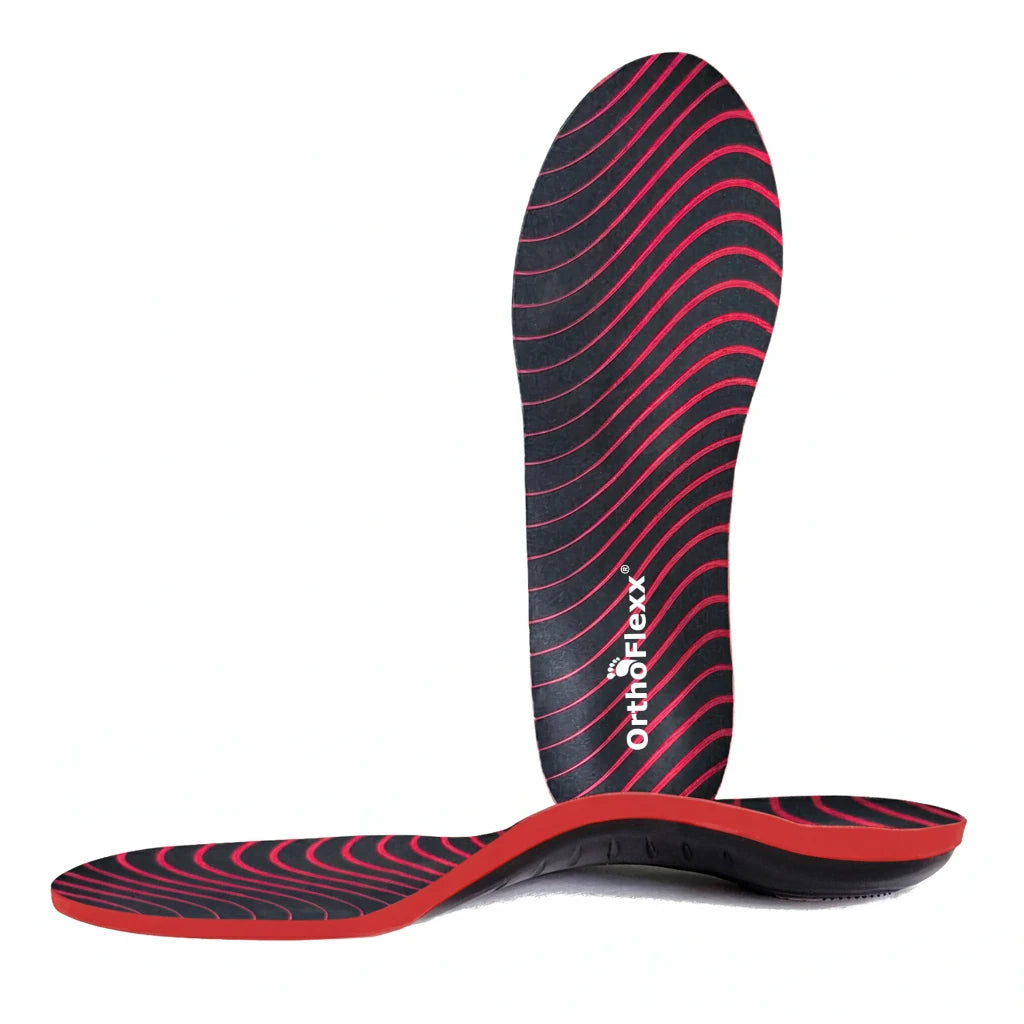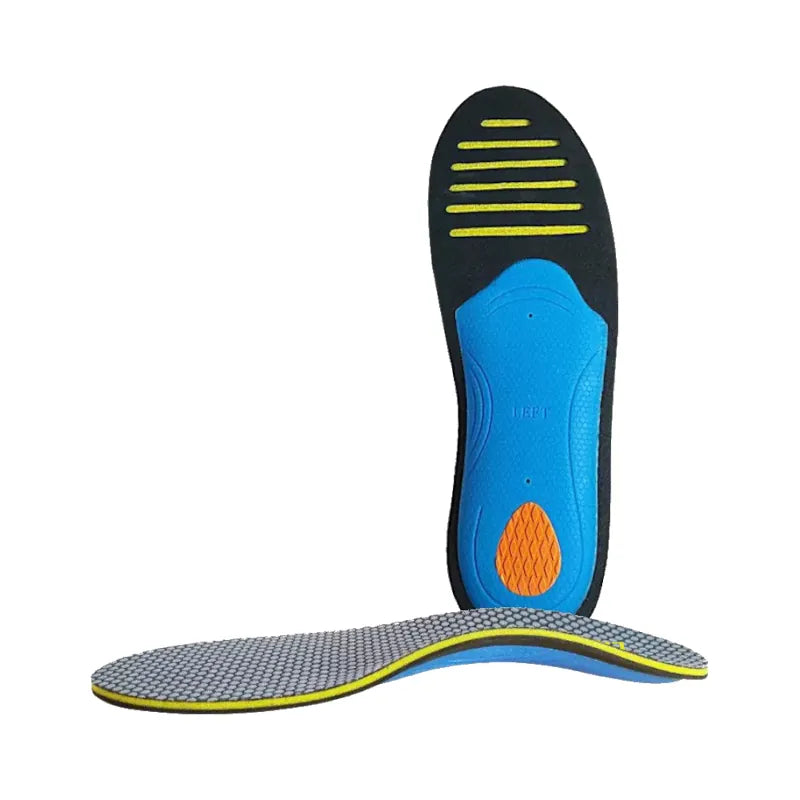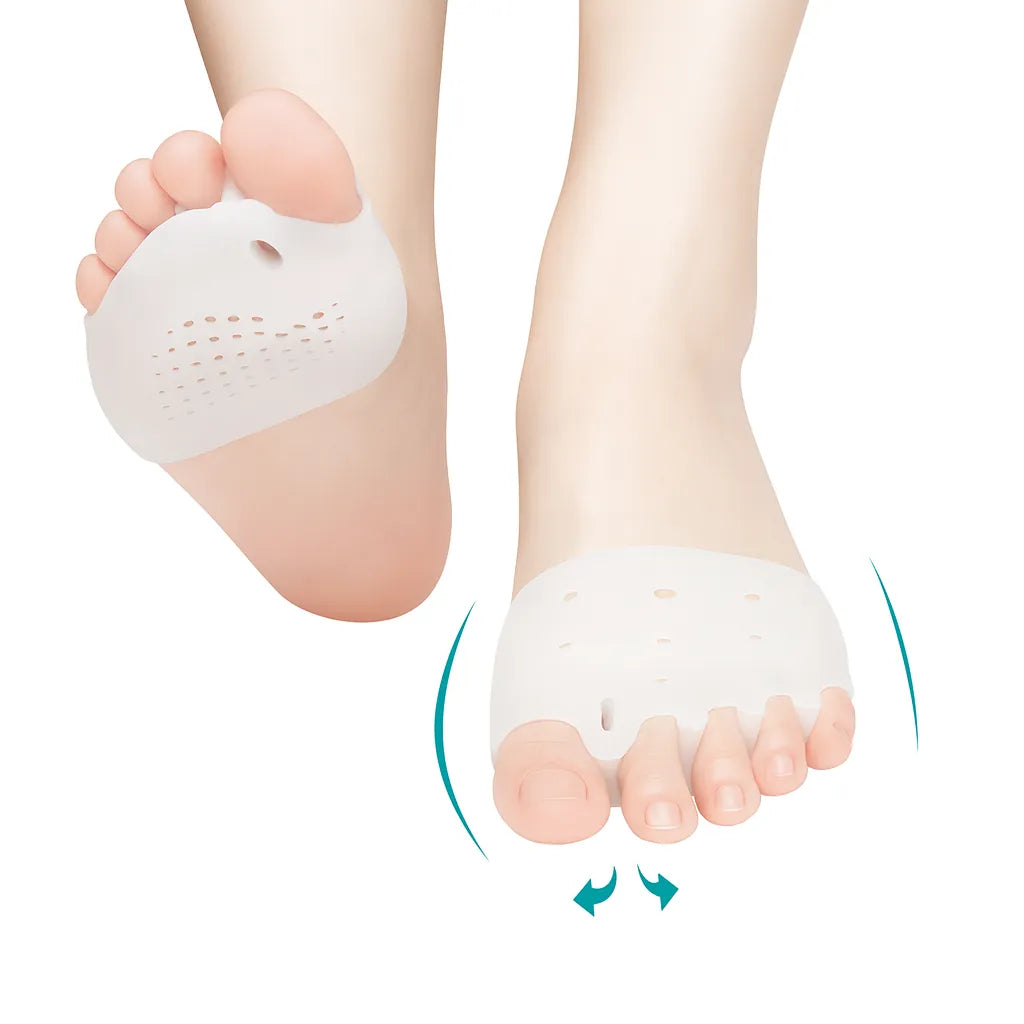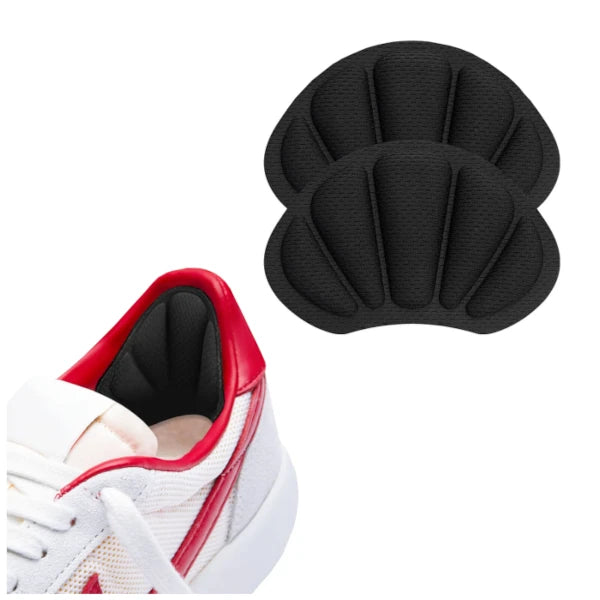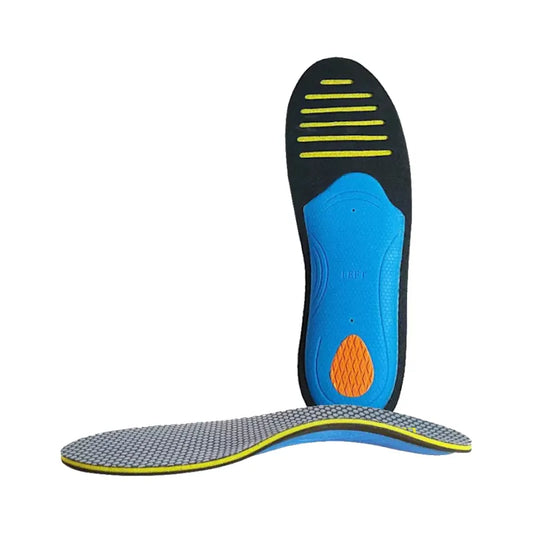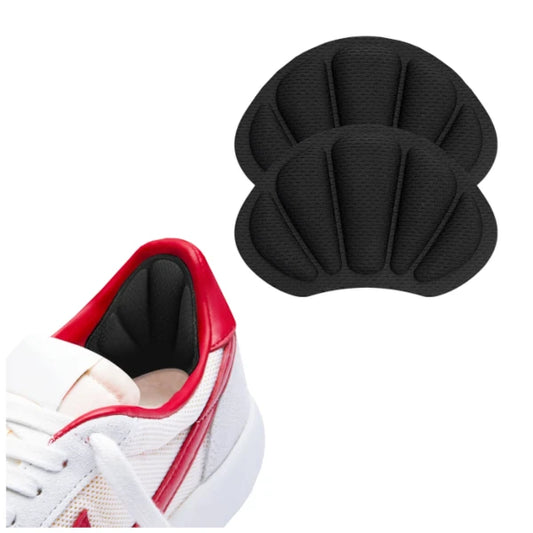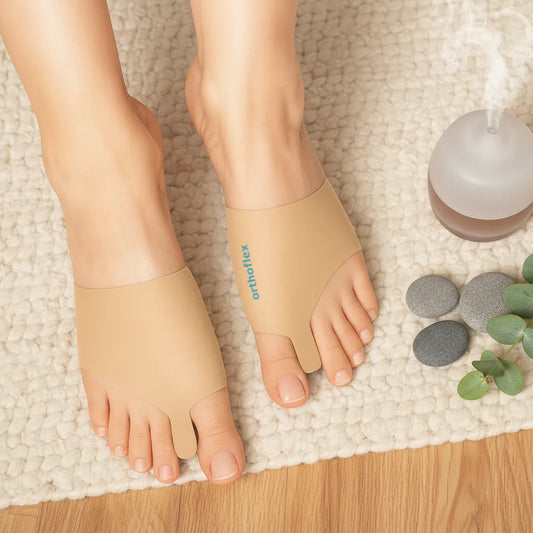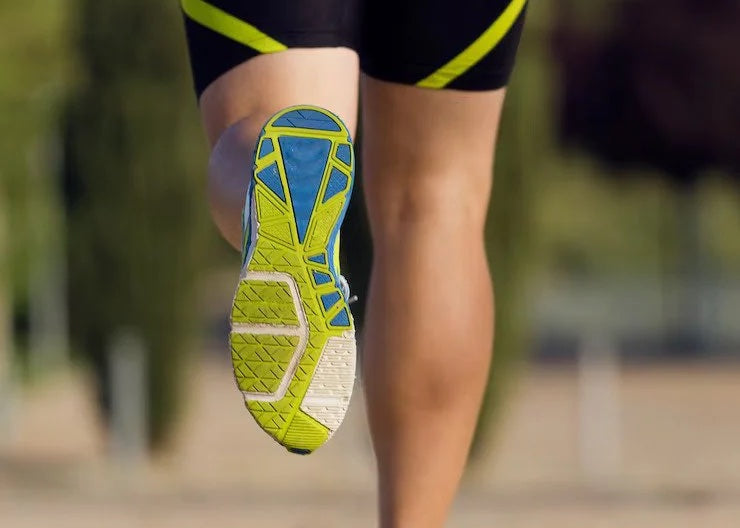
Surprising causes of Flat Feet
Share
Introduction
Flat feet, also known as pes planus or fallen arches, is a condition in which the arches of the foot collapse, with the entire sole of the foot coming into complete or near-complete contact with the ground. Approximately 20-30% of the general population experiences flat feet, making it a significant medical concern. In the majority of instances, flat feet cause no discomfort and require no treatment. However, for some, it can lead to foot pain, difficulty walking, and other medical complications. The causes of flat feet are manifold, some of which might be quite surprising. This article aims to provide a comprehensive overview of flat feet, common and surprising causes, consequences, and prevention and treatment methods.

Most Common Causes of Flat Feet
Flat feet can be a congenital condition, meaning individuals are born with it. Alternatively, it can develop over time due to a variety of reasons such as:
- Aging: As individuals age, muscles and tendons can lose their properties, leading to fallen arches.
- Obesity: Increased body weight can put excessive pressure on the arches and lead to their collapse.
- Pregnancy: Hormonal changes during pregnancy can loosen ligaments and result in flat feet.
- Injury: Damage to the muscles, tendons, or bones in the feet can cause flat feet.
- Arthritis: Inflammatory conditions like rheumatoid arthritis can contribute to the development of flat feet.
Surprising Causes of Flat Feet
Certain causes of flat feet may come as a surprise as they aren't commonly associated with this condition:
- Inappropriate Footwear: Prolonged use of high heels or shoes without proper arch support can lead to flat feet over time.
- Diabetes: Neuropathy, a complication of diabetes, can cause muscle weakness leading to the development of flat feet.
- Certain medications: Some drugs, such as corticosteroids, have side effects that may include weakening of the tendon supporting the arch, leading to flat feet.
- Tight Achilles Tendon: While not commonly recognized, a tight Achilles tendon can put excessive pressure on the arch of the foot, leading to its eventual collapse.
Consequences of Flat Feet
Flat feet, while often harmless, can indeed lead to an array of complications if left untreated, particularly if they result in changes in gait and body alignment.
- Foot Pain and Swelling: The most immediate and noticeable consequence of flat feet is chronic foot pain, typically concentrated around the arch and heel area. The ankle can also swell, particularly along the inside, due to the strain on the muscles and ligaments in the feet.
- Overpronation: Flat feet can cause overpronation, a condition where the feet roll inward excessively when walking. Overpronation can increase wear on the outer side of the heel and under the big toe, leading to uneven shoe wear, foot instability, and increased risk of injuries.
- Alignment Issues: Altered foot biomechanics due to flat feet can result in misalignment of the body's skeletal system. This malalignment could lead to a range of problems, including knee pain, hip pain, or even back pain, as the body compensates for the altered foot posture.
- Development of Bunions and Hammertoes: The altered stress and weight distribution caused by flat feet may contribute to the development of other foot conditions such as bunions (an abnormal, bony bump that forms on the joint at the base of your big toe) and hammertoes (a deformity where a toe bends downward like a claw).
- Arthritis: Over time, flat feet can cause undue stress on the foot and ankle joints, leading to early wear and tear. This could subsequently increase the risk of developing osteoarthritis, a type of degenerative joint disease.
- Plantar Fasciitis: Flat feet can place excessive strain on the plantar fascia, the band of tissue along the bottom of your foot. This can lead to inflammation and pain in this area, a condition known as plantar fasciitis.
- Shin Splints: People with flat feet are more susceptible to developing shin splints, particularly if they are athletes or run regularly. This is due to overpronation which causes extra stress on the muscles and fascia in the lower leg.
- Achilles Tendonitis: The misalignment and pronation associated with flat feet can place additional strain on the Achilles tendon, leading to inflammation and pain, a condition known as Achilles tendonitis.
Remember, not everyone with flat feet will experience these complications. However, anyone with persistent foot pain or signs of these problems should seek medical advice. Treatment can usually help manage the symptoms and prevent further progression of these conditions.
Treatment and Prevention of Flat Feet
Treatment of flat feet aims at reducing symptoms and preventing further complications. It may include:
- Orthotic devices or arch supports: These can be inserted into the shoe to support the arch of the foot.
- Physical Therapy: Stretching and strengthening exercises may be recommended to improve foot function.
- Medications: Nonsteroidal anti-inflammatory drugs (NSAIDs) can be used to relieve pain and inflammation.
- Weight management: Achieving and maintaining a healthy weight can help reduce the pressure on the feet.
- Surgery: In severe cases, surgery might be required to correct the structural issues causing flat feet. This is a last-resort option and should not be taken lightly.
Prevention strategies for flat feet majorly revolve around maintaining foot health, wearing appropriate footwear, maintaining a healthy weight, and managing underlying health conditions.
Conclusion
Flat feet are a widespread condition that is caused by various factors, from common ones like aging and obesity to surprising ones like inappropriate footwear and certain medications. While often asymptomatic, it can cause discomfort and lead to further complications if left untreated. Understanding its causes can help in prevention, and when necessary, there are several effective treatment options available. Regular foot care and health check-ups are essential to catch any abnormalities early on and address them promptly.
Author Bio

Marlene Carvalho
Certified Sports Physiotherapist of Elite and Olympic athletes; Performance Coach to racing drivers
Marlene Carvalho is a sports physiotherapist passionate about all things sports.
References
- Adult (Acquired) Flatfoot." (2015). American Academy of Orthopaedic Surgeons.
- https://www.mayoclinic.org/diseases-conditions/flatfeet/symptoms-causes/syc-20372604.
- https://www.nhs.uk/conditions/flat-feet/
- https://www.foothealthfacts.org/conditions/painful-progressive-flatfoot
